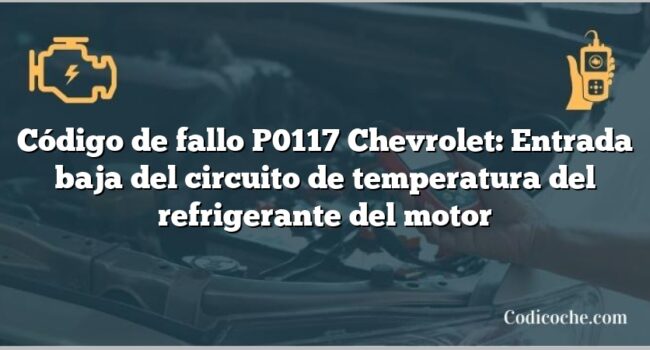
When your Chevrolet's ABS system triggers a C12BD fault code, it means the Boost Pressure Sensor Circuit has short-circuited to the battery, potentially causing erratic brake performance, illuminated warning lights, and compromised vehicle stability.
You may notice symptoms like a spongy or hard brake pedal, malfunctioning traction control systems, or other brake system warning lights.
Common causes include a faulty Brake Pressure Modulator or issues with its electrical circuit, or a Short circuit in the Pressure Sensor Circuit.
To diagnose the issue, start by reviewing possible causes, visually examining the wiring harness and connectors, and checking the Brake Pressure Modulator circuit.
From here, you'll want to explore further to identify the root cause and find the right repair solution.
- Key Takeaways
- Symptoms of the C12BD Chevrolet Code in Chevrolet Vehicles
- Common Causes of the C12BD Chevrolet Code: A Diagnostic Overview
- How to Diagnose the C12BD Chevrolet Code: Step-by-Step Procedure
- Effective Solutions: Repairing the C12BD Chevrolet Code
- Cost Analysis and Essencial Tools for Resolving the C12BD Chevrolet Code
- Preventive Measures to Avoid the C12BD Chevrolet Code in the Future
- Chevrolet Models Most Affected by the C12BD Chevrolet Code
- Related Fault Codes to C12BD Chevrolet Code
-
Frequently Asked Questions
- Can a Faulty Brake Pressure Modulator Cause Other Issues Besides C12bd?
- Will a C12BD Code Trigger a Check Engine Light or Only ABS Lights?
- Is It Possible to Drive Safely With a C12BD Code Active?
- Can a DIY Brake System Cleaning Fix the C12BD Code Issue?
- Are There Any Specific Chevrolet Models More Prone to C12BD Code Errors?
- Conclusion
Key Takeaways
- The C12BD Chevrolet code is triggered by a short circuit in the Pressure Sensor Circuit, affecting the ABS system's boost pressure sensor.
- The faulty Boost Pressure Sensor prevents accurate pressure readings, causing the ABS Warning Light to illuminate on the dashboard.
- A short circuit in the Pressure Sensor Circuit can be caused by corrosion or damage to the wiring harness or connectors.
- To diagnose the issue, visually inspect the wiring harness and connectors, and check the Brake Pressure Modulator circuit for poor electrical connections.
- Replacing the faulty Boost Pressure Sensor and repairing or replacing damaged wiring harness or connectors can effectively resolve the C12BD Chevrolet code.
Symptoms of the C12BD Chevrolet Code in Chevrolet Vehicles
When your Chevrolet vehicle triggers the C12BD fault code, you may notice some warning signs, including the illumination of the Anti-Lock Brake System (ABS) Warning Light on your dashboard.
This code is related to the Brake Pressure Sensor Circuit, specifically the ABS Boost Pressure Sensor, which is internal to the brake pressure modulator.
You may also experience:
The Engine Light or Service Engine Soon Warning Light turning on, indicating a problem with the brake system.
Unusual brake pedal feel or performance, such as spongy or hard braking.
Malfunction of the Vehicle Stability Enhancement System, affecting traction control or stability control systems.
Other brake system warning lights or messages appearing on the dashboard, indicating a problem with the ABS system.
It's essential to address these symptoms promptly to guarantee your safety on the road.
Common Causes of the C12BD Chevrolet Code: A Diagnostic Overview
To diagnose the C12BD Chevrolet code, you'll need to investigate a range of possible causes, starting with the most common ones: a faulty Brake Pressure Modulator or issues with its electrical circuit.
A faulty Brake Pressure Modulator, which can prevent the ABS system from functioning properly.
Issues with the Brake Pressure Modulator's electrical circuit, such as corrosion or damage to the wiring harness.
A short circuit in the Pressure Sensor Circuit, which can cause the Control Module to malfunction.
A faulty Boost Pressure Sensor, which can prevent the ABS system from receiving accurate pressure readings.
Some common causes to examine closely include:
How to Diagnose the C12BD Chevrolet Code: Step-by-Step Procedure
You'll likely need to methodically eliminate potential causes to diagnose the C12BD Chevrolet code, starting with a visual examination of the wiring harness and connectors for signs of damage or corrosion.
Check the Brake Pressure Modulator circuit for poor electrical connections, open or shorted harnesses, and faulty components, including the boost pressure sensor.
To help you diagnose the code, follow this step-by-step procedure:
- Review possible causes and visually examine the wiring harness and connectors.
- Check the Brake Pressure Modulator circuit for poor electrical connections and faulty components.
- Use a factory service manual or online resources to access wiring diagrams and troubleshooting guides.
- Perform a thorough inspection of the brake system, including the brake pedal feel and performance.
Remember to consult with a professional mechanic or use online forums and repair databases to access experience-based knowledge and solutions for fixing the C12BD code.
Effective Solutions: Repairing the C12BD Chevrolet Code
Since faulty components are often the root cause of the C12BD Chevrolet code, start by inspecting the Brake Pressure Modulator circuit and associated wiring harness for signs of damage, corrosion, or poor electrical connections. This will help you identify the root cause of the issue.
To repair the code, follow these steps:
- Replace the faulty Brake Pressure Modulator if necessary.
- Repair or replace the damaged wiring harness or connectors.
- Verify all electrical connections are secure and corrosion-free.
- Clear the code and test the system to verify the issue is resolved.
Remember to consult factory service manuals for further guidance and search for C12BD Chevrolet questions and answers to confirm proper diagnosis and repair of the issue. By following these steps, you'll be able to effectively repair the C12BD Chevrolet code and get your vehicle's ABS system functioning properly again.
Cost Analysis and Essencial Tools for Resolving the C12BD Chevrolet Code
Your wallet is about to take a hit, as resolving the C12BD Chevrolet code can come with a price tag.
The cost to diagnose the code can range from $75 to $150 per hour, depending on the labor rate and diagnosis time.
To fix the issue, you'll need essential tools such as a wiring diagram, a multimeter, and a scan tool.
Labor cost: $75-$150 per hour
Scan tool: $50-$100
Wiring diagram: $20-$50
Multimeter: $20-$50
Keep in mind that the Repair Difficulty Level for this code is moderate to high, so it's recommended to seek professional help if you're not experienced with brake system repairs.
Remember to also check for any possible safety recalls on your vehicle before starting the repair.
Preventive Measures to Avoid the C12BD Chevrolet Code in the Future
To minimize the risk of encountering the C12BD Chevrolet code again, regularly inspect your brake system and address any issues promptly, as neglect can lead to more severe problems down the road.
By taking proactive steps, you can prevent future occurrences of this code.
Regularly inspect your wiring harness for signs of damage or wear, and repair or replace it as needed.
Check electrical connections to verify they're secure and not corroded.
Monitor your Brake Pressure Sensor and Boost Pressure Sensor Circuit for any signs of malfunction.
Keep your Brake Control Module and Stability Enhancement System up to date with the latest software and firmware updates.
Chevrolet Models Most Affected by the C12BD Chevrolet Code
You're likely wondering which Chevrolet models are most prone to the C12BD code, and the answer lies in the data.
Based on reports, the following models are most affected:
2014-2019 Chevrolet Silverado 1500: With over 1,000 reported cases, the 2016 model year has the highest frequency of C12BD code occurrences.
2015-2019 Chevrolet Tahoe: This model is also highly susceptible to the C12BD code, especially those with higher mileage.
2015-2019 Chevrolet Suburban: Similar to the Tahoe, the Suburban is prone to the C12BD code, particularly in models with the 5.3L and 6.2L engine variants.
Other models: While less common, other Chevrolet models with higher mileage and specific engine types may also experience the C12BD code.
These models are more likely to encounter the C12BD code due to their brake system design and driving conditions.
If your Chevrolet has thrown the C12BD code, it's crucial to scrutinize for related fault codes that may be contributing to the issue or providing additional information about the problem.
These related codes can help you identify the root cause of the issue, saving you time and money in the long run.
- U0121 - Lost Communication with Brake Pressure Modulator
- C1231 - Brake Pressure Modulator Circuit Malfunction
- C1255 - Brake Pressure Sensor Circuit Short to Ground
- U0415 - Invalid Data Received from Brake Control Module
Frequently Asked Questions
Can a Faulty Brake Pressure Modulator Cause Other Issues Besides C12bd?
A faulty brake pressure modulator can cause issues beyond C12BD. These include brake fluid leaks, modulator failure, electrical surges, sensor corrosion, and wiring problems.
These problems can lead to uneven brake pad wear, master cylinder damage, and pressure imbalance. If left unchecked, they can cause further complications and safety hazards.
Prompt attention to modulator issues is crucial to prevent these secondary problems from arising. Addressing the root cause quickly can help avoid more extensive and costly repairs down the line.
Will a C12BD Code Trigger a Check Engine Light or Only ABS Lights?
A C12BD code will trigger the ABS warning light, but it's unlikely to trigger the check engine light.
The issue is typically caused by electrical shorts, faulty sensor readings, or wiring problems that affect the brake pressure modulator's connection to the battery.
Diagnostic tools can help you pinpoint the exact problem.
Is It Possible to Drive Safely With a C12BD Code Active?
To drive safely with a C12BD code active, slow down and avoid sudden stops. Ensure your vehicle maintenance is up to date, and watch for warning signs like unusual brake pedal feel or performance.
Be prepared for emergency procedures and consider speed limitations to minimize risks.
Prioritize caution and adjust your driving habits according to road conditions.
Can a DIY Brake System Cleaning Fix the C12BD Code Issue?
Cleaning the brake sensor might help, but it's unlikely to resolve the C12BD code issue.
Inspect the sensor wires and electrical connectors for damage or corrosion. Also, check the brake fluid quality and perform a thorough brake system inspection.
If the issue persists, you may need to replace a faulty sensor or repair the wiring harness.
Are There Any Specific Chevrolet Models More Prone to C12BD Code Errors?
The Chevrolet Silverado, GMC Sierra, Chevrolet Tahoe, Chevrolet Suburban, and Chevrolet Avalanche are among the models that may experience C12BD code errors, particularly in specific model year variations.
Regional differences and production batch issues can also play a role in the occurrence of this error code.
It's crucial to investigate your vehicle's specific history and consult with a mechanic if you're experiencing this error code.
Conclusion
You now have a thorough understanding of the C12BD code, its symptoms, causes, and fixes.
By following the step-by-step diagnosis and repair guide, you'll be able to identify and resolve the issue with your Chevrolet's ABS Boost Pressure Sensor Circuit.
Address the problem promptly to guarantee your safety on the road and get your vehicle back in top condition.
Si quieres conocer otros artículos parecidos a Fault Code C12BD Chevrolet: ABS Boost Pressure Sensor Circuit Short To Battery puedes visitar la categoría Chevrolet.
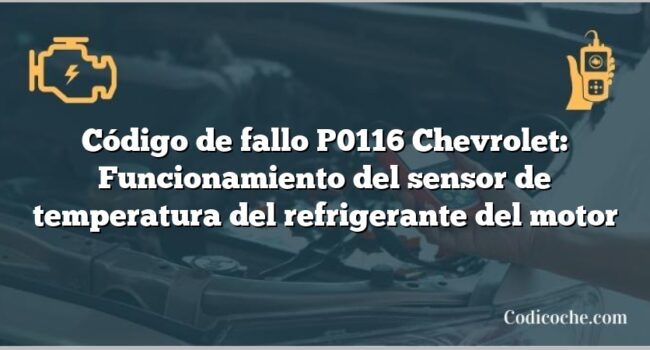
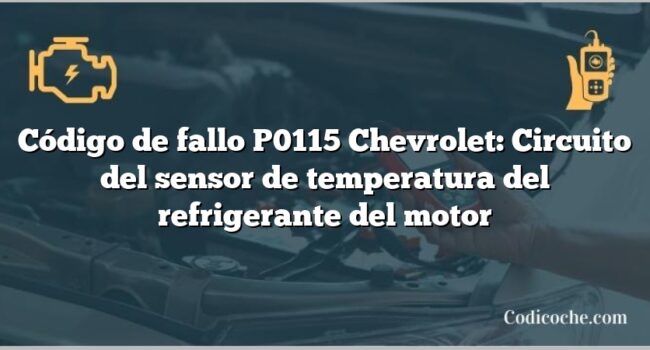
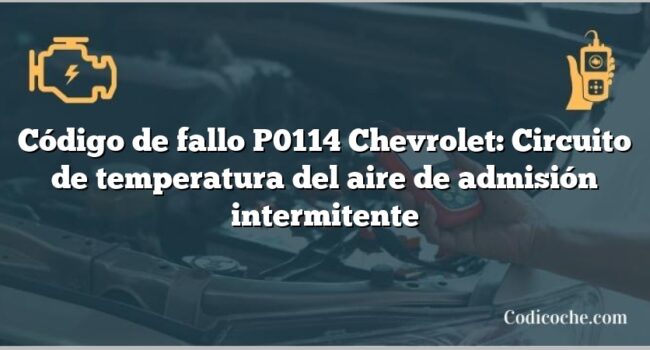
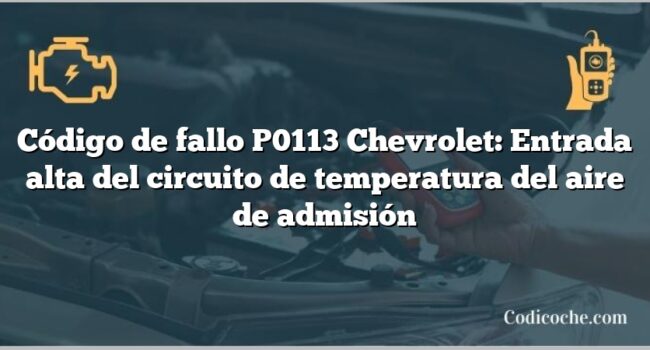
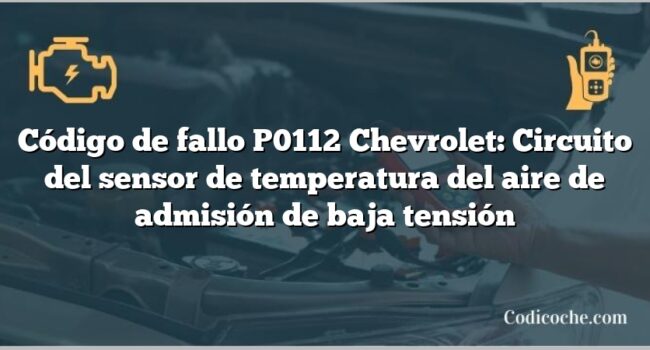
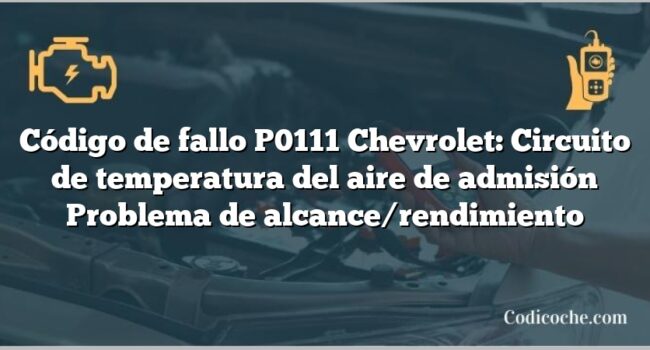
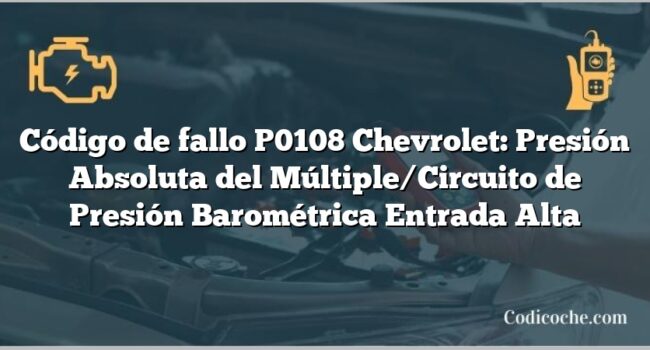
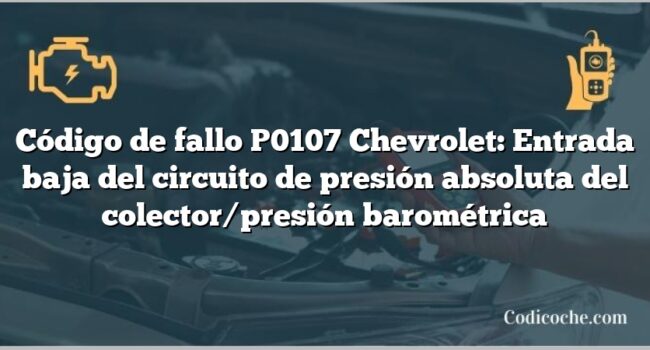

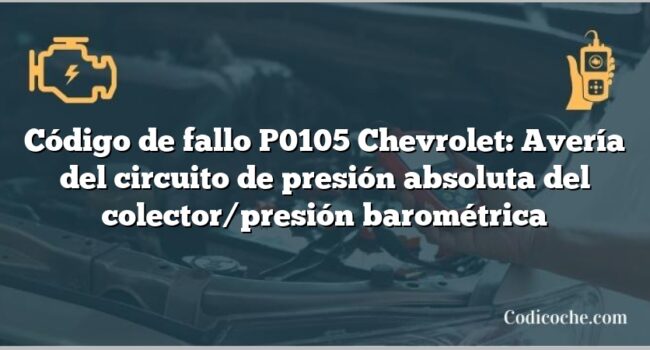
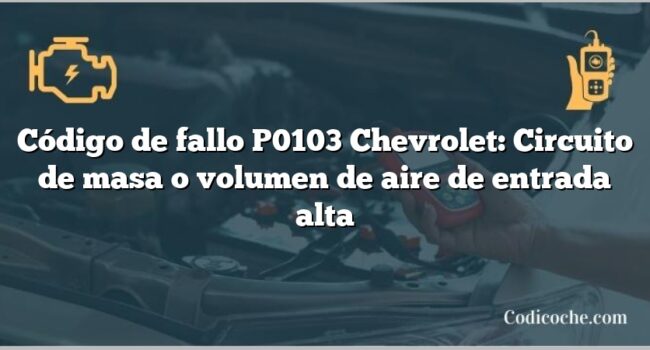

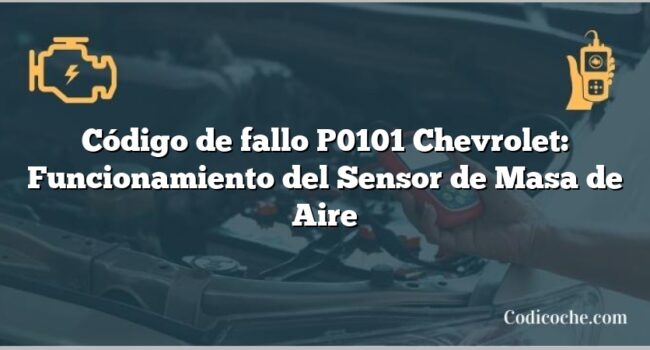
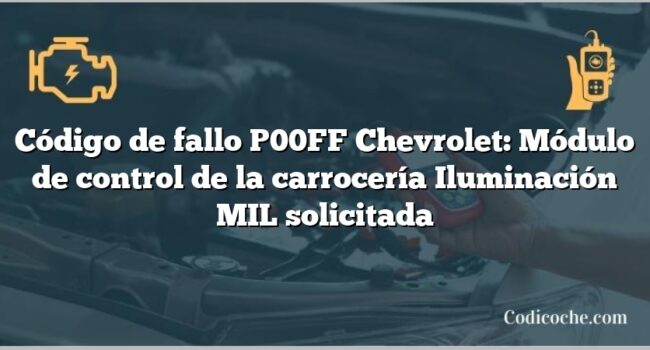
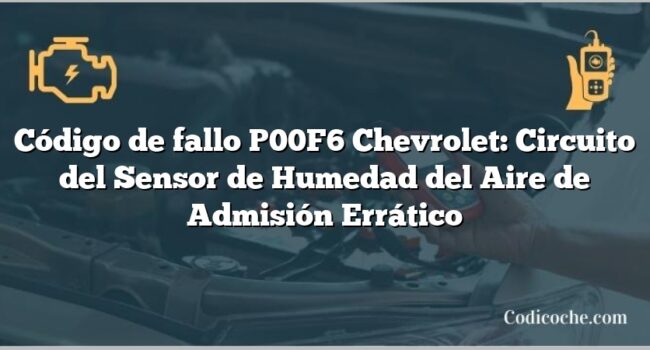

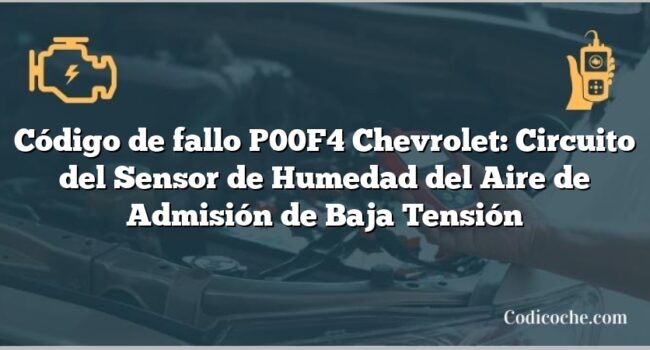
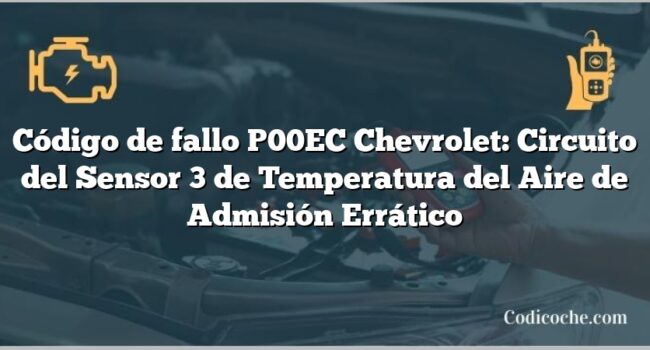
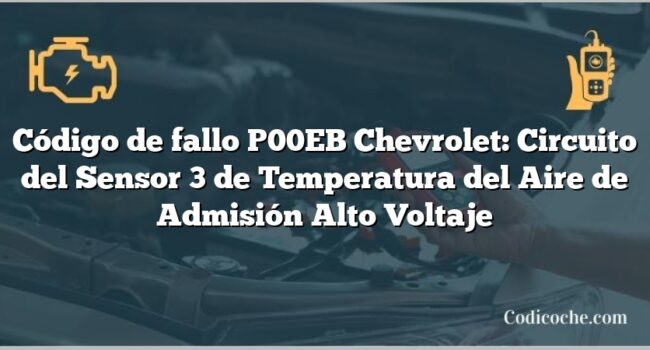
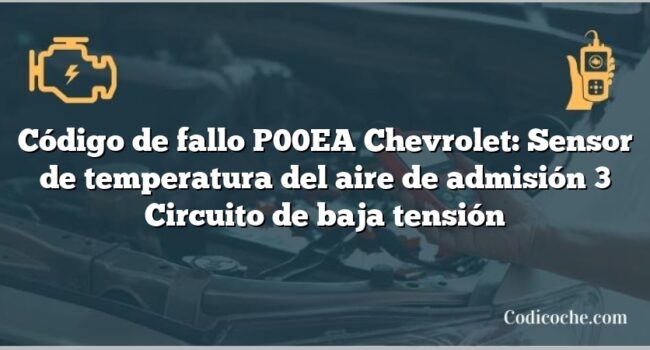
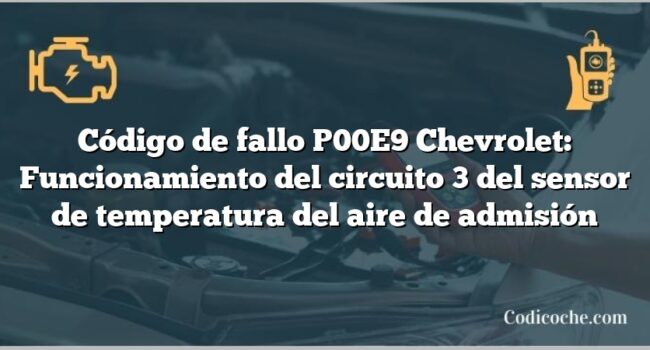
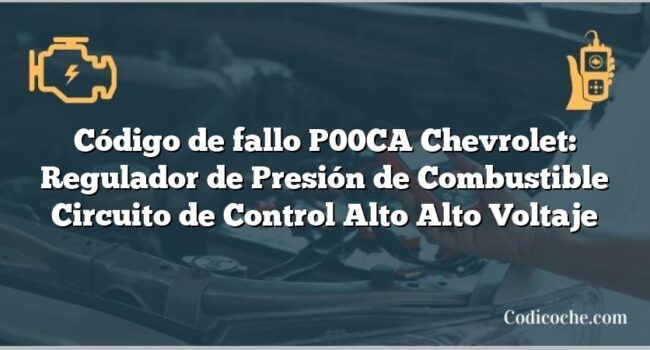
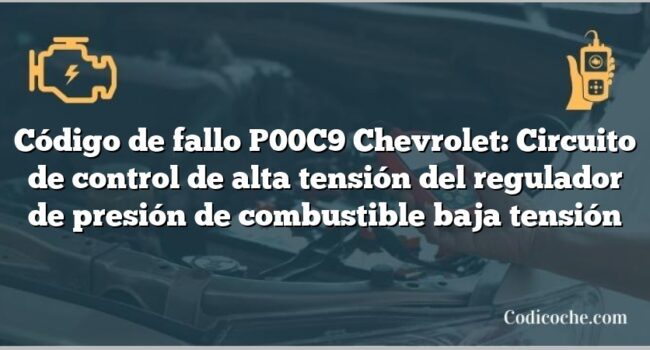
También te puede interesar: